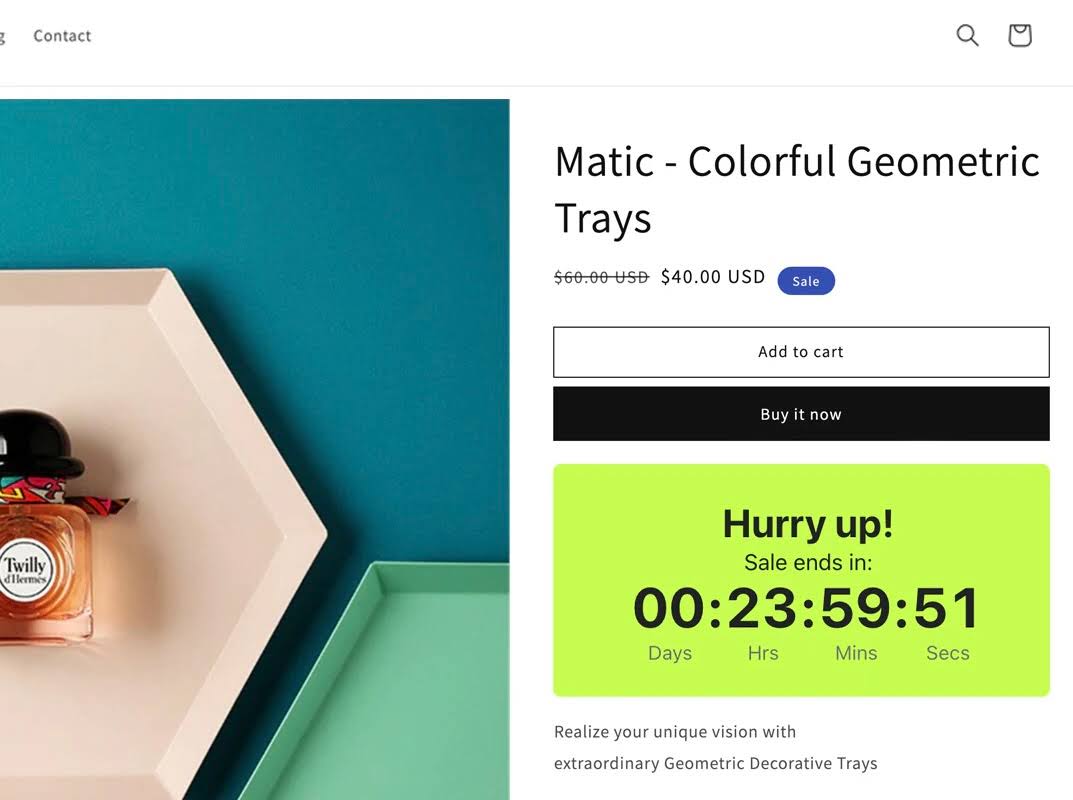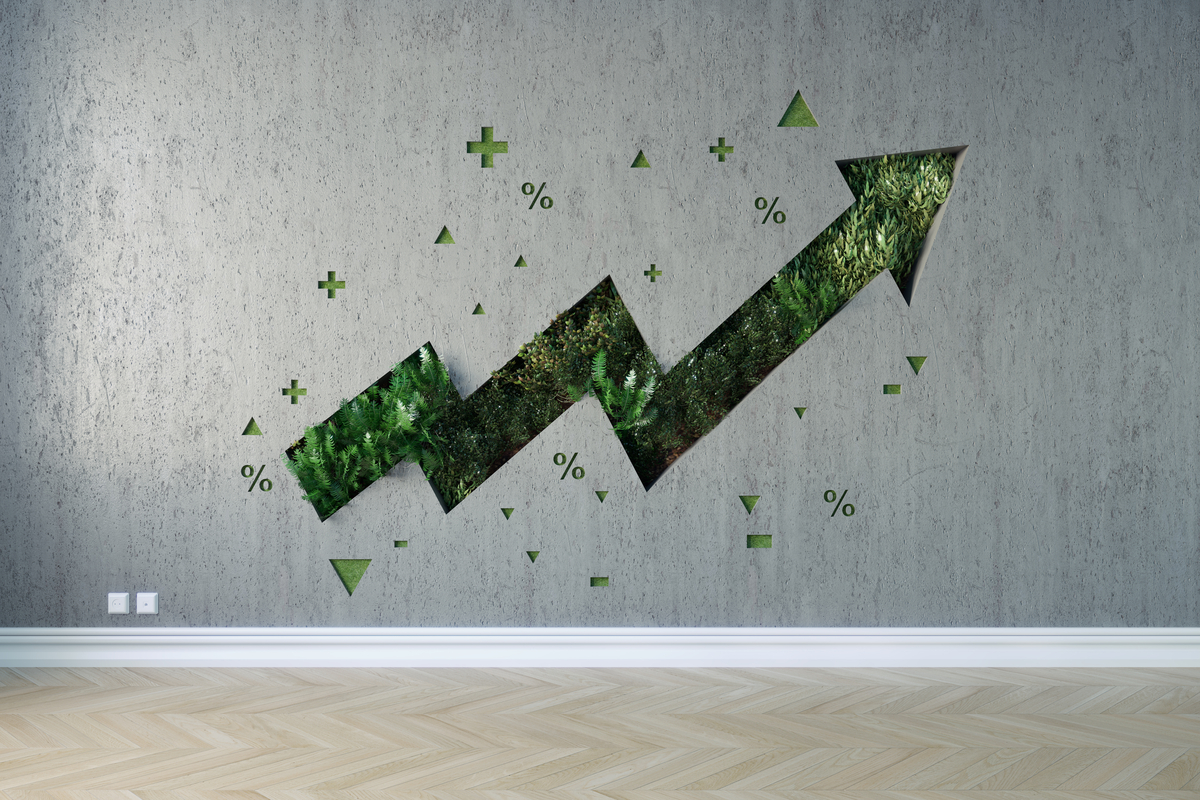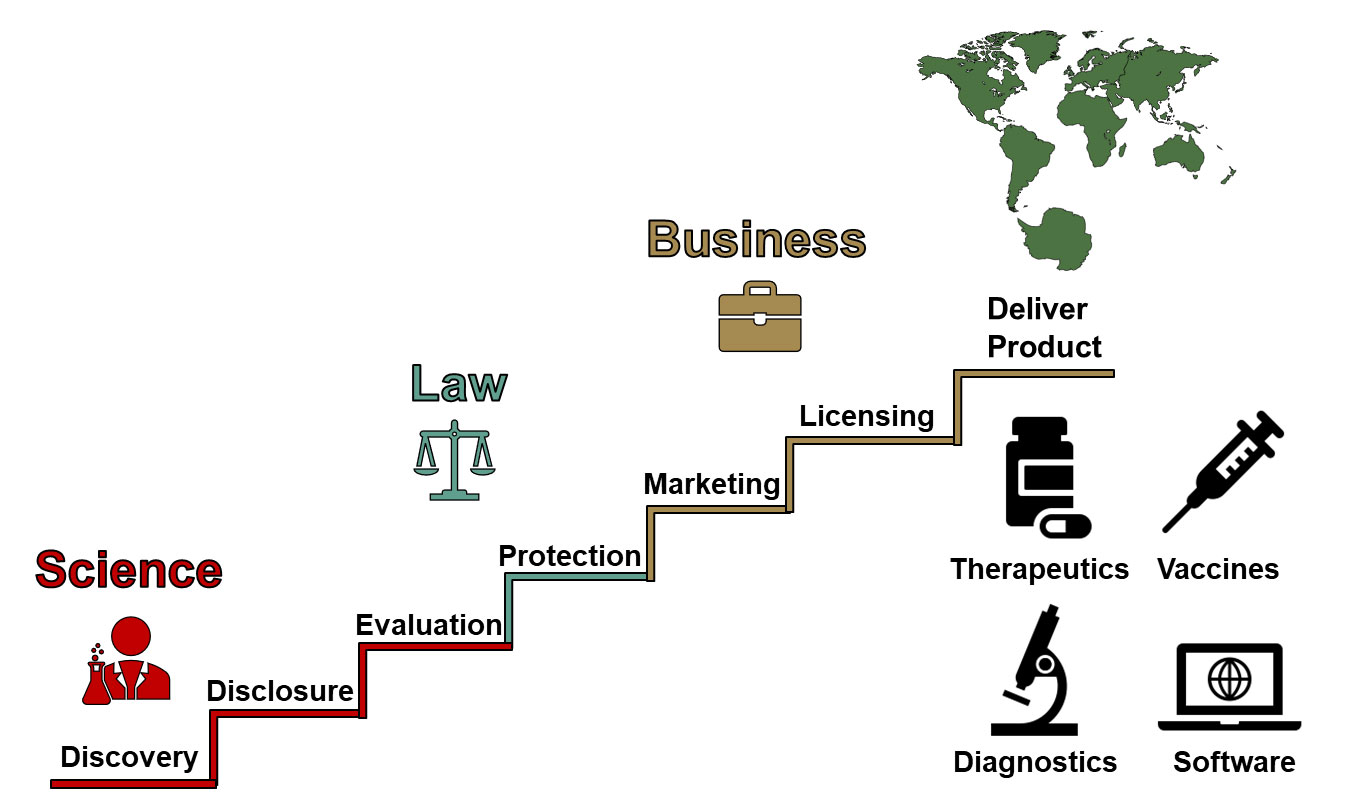Report on Green Marketing Strategies and Alignment with Sustainable Development Goals (SDGs)
Introduction: The Rise of Sustainable Consumerism and the Trust Deficit
A significant shift in consumer behavior indicates a growing preference for sustainable products, a trend directly supporting the United Nations’ Sustainable Development Goals (SDGs), particularly SDG 12 (Responsible Consumption and Production). Data from PwC’s 2024 Voice of the Consumer survey reveals that consumers are willing to pay a 9.7% premium for sustainable goods, demonstrating that purchasing decisions are increasingly driven by values. This “eco-awakening” presents a substantial market opportunity. However, a critical “green trust gap” persists, with a recent survey indicating that only 20% of consumers trust corporate environmental claims. This report analyzes the principles of green marketing, its strategic implementation in alignment with the SDGs, and the imperative of authentic communication to bridge this trust deficit.
Defining Green and Sustainable Marketing within the SDG Framework
Green Marketing: A Focus on Environmental Performance
Green marketing refers to the promotion of products and services based on their environmental benefits. This practice is a direct contributor to achieving SDG 12 by encouraging sustainable production and consumption patterns. Key strategies include:
- Developing products with minimal environmental impact.
- Utilizing recycled and eco-friendly packaging materials.
- Reducing emissions in manufacturing and supply chains, supporting SDG 13 (Climate Action).
- Adopting sustainable business practices across operations.
- Investing in renewable energy and carbon offsetting initiatives.
Sustainable Marketing: A Holistic Approach
Sustainable marketing expands upon green marketing by integrating environmental health with social equity and long-term economic viability, reflecting a broader commitment to the SDGs. It encompasses not only environmental concerns (SDG 12, SDG 13, SDG 14, SDG 15) but also social responsibility and fair labor practices (SDG 8: Decent Work and Economic Growth).
- Green Marketing: Focuses on the environmental attributes of a product (e.g., plastic-free packaging, recycled content). It is often a campaign-level effort targeting specific product lines.
- Sustainable Marketing: Encompasses the entire operational ecosystem, including ethical supply chains, fair wages, corporate governance, and end-of-life product management. It is a brand-level strategy demanding consistency and long-term commitment.
For example, a product made from a renewable resource is green. However, it is only sustainable if its production also supports fair labor conditions (SDG 8) and utilizes clean energy (SDG 13), thereby creating a balanced contribution to global development goals.
Market Analysis: The LOHAS Consumer and SDG Alignment
The Economic Influence of the LOHAS Segment
The “Lifestyles of Health and Sustainability” (LOHAS) consumer segment represents a powerful market force driving the adoption of SDG-aligned business practices. Valued at $472.51 billion in the US as of 2022, this demographic prioritizes personal and planetary well-being, social justice, and sustainable living. LOHAS consumers are early adopters and influential advocates for brands that demonstrate a genuine commitment to sustainability, effectively shaping mainstream market trends toward achieving SDG 12.
Corporate Response to LOHAS Demand
Major corporations are responding to this trend through strategic acquisitions. The 2025 acquisition of Wild, a natural and refillable deodorant brand, by Unilever for a reported $300 million exemplifies this shift. Wild’s success was built on a model of waste reduction and product longevity, directly aligning with the principles of a circular economy and SDG 12. This acquisition signals a market validation of business models that prioritize sustainability.
A Strategic Framework for Green Marketing: The 4 Ps and the SDGs
Product: Designing for Sustainability (SDG 9 & SDG 12)
A credible green marketing strategy begins with a product designed for minimal environmental impact. This involves innovation in materials and design to support a circular economy.
- Material Innovation: Replacing plastics with plant-based alternatives like mushroom mycelium or algae-based bioplastics.
- Design for Longevity and Repair: Creating modular products with replaceable parts, such as Fairphone, to extend product life and reduce e-waste.
- Efficient Design: Utilizing flat-pack or modular designs to reduce shipping volume and associated emissions.
- Third-Party Certification: Obtaining credible certifications (e.g., Cradle to Cradle, FSC, Fair Trade) to validate sustainability claims.
Price: Communicating Value Beyond Cost (SDG 8 & SDG 12)
Green pricing positions products as a responsible long-term investment. Research from PDI Technologies (2024) shows 71% of consumers will choose a sustainably produced item over a conventional one. Strategies include:
- Price Transparency: Explaining how the price reflects investments in sustainable materials, ethical labor, or carbon offsets.
- Cost-Per-Use Framing: Highlighting the long-term value and durability of a product compared to disposable alternatives.
- Incentivizing Sustainable Choices: Offering discounts for selecting slower, carbon-neutral shipping or participating in return/refill programs.
Place: Sustainable Distribution and Supply Chains (SDG 13)
The environmental impact of logistics is a critical component of a green strategy. Aligning distribution with climate goals is essential for credibility.
- Carbon-Neutral Shipping: Implementing programs like Shopify’s Planet app to offset shipping emissions, directly contributing to SDG 13.
- Local and Low-Waste Fulfillment: Using reusable containers for local deliveries and batching orders to reduce shipment frequency.
- Carbon Transparency: Providing tools for customers to view the carbon footprint of their delivery, enhancing awareness and accountability.
Promotion: Authentic and Credible Messaging (SDG 12)
Communication must be clear, credible, and consistent to build trust and avoid greenwashing.
- Specific and Verifiable Claims: Replacing vague terms like “eco-friendly” with specific data, such as “Made with 80% recycled aluminum in a wind-powered factory.”
- Radical Transparency: Using corporate platforms to honestly report on sustainability progress, including challenges and areas for improvement.
- Leveraging Social Proof: Highlighting customer reviews that validate the brand’s sustainability claims.
The Benefits of an SDG-Aligned Green Marketing Strategy
Enhanced Brand Trust and Market Differentiation
A commitment to sustainability builds significant brand equity. The Packer’s 2024 survey found over 75% of consumers consider sustainability in purchasing decisions. Furthermore, research from NYU Stern’s Center for Sustainable Business revealed that products marketed as sustainable grew 2.7 times faster than their conventional counterparts from 2015 to 2022, demonstrating a clear competitive advantage and contribution to sustainable economic growth (SDG 8).
Proactive Regulatory Compliance
Investing in sustainability prepares businesses for evolving regulations. The EU’s Corporate Sustainability Reporting Directive (CSRD) and the US FTC’s updated Green Guides mandate greater transparency and accountability. Brands with robust environmental reporting systems are better positioned for future compliance.
Measurable Environmental Impact (SDG 13, SDG 14, SDG 15)
Green marketing initiatives yield tangible environmental benefits. In 2024, merchants using Shopify’s Planet app facilitated 23.6 million carbon-neutral orders, eliminating over 15,000 tons of shipping emissions. These funds support vetted carbon removal projects from partners like Vaulted and Planetary, contributing directly to climate action (SDG 13) and the health of terrestrial and marine ecosystems (SDG 15, SDG 14).
Case Studies: Integrating SDGs into Business Models
Blueland: Advocacy for Plastic Reduction (SDG 12, SDG 14, SDG 17)
Blueland’s “Pointless Plastics” campaign, in partnership with environmental activist Pattie Gonia, effectively mobilized a community to challenge single-use plastics. This initiative exemplifies a powerful combination of consumer education (SDG 12), protection of marine ecosystems (SDG 14), and strategic partnerships (SDG 17) to drive change.
Allbirds: Radical Transparency and Carbon Accountability (SDG 12, SDG 13, SDG 15)
Allbirds embeds sustainability into its core operations by labeling every product with its carbon footprint and publishing progress reports on its reduction goals. By sourcing FSC-certified and ZQ Merino materials, the company supports responsible land use (SDG 15) while pursuing ambitious climate targets (SDG 13), demonstrating that financial health and environmental stewardship can be mutually reinforcing.
Wild Cosmetics: A Model for the Circular Economy (SDG 12)
Wild’s success is rooted in its refillable product system, which is designed to eliminate single-use plastic waste in the bathroom. Each refill saves 30 grams of plastic from landfills. Its acquisition by Unilever validates the commercial viability of circular business models that champion responsible consumption and production (SDG 12).
Implementation and Risk Mitigation: Avoiding Greenwashing
A Phased Approach to Implementation
- Baseline Assessment: Conduct a carbon footprint analysis to identify the most significant areas for environmental improvement.
- Initial Actions: Implement high-impact, low-barrier solutions like carbon-neutral shipping and establish a public-facing sustainability page to document the journey.
- Continuous Communication: Maintain transparent communication about progress, successes, and ongoing challenges to build authentic stakeholder relationships.
The Threat of Greenwashing to SDG Progress
Greenwashing—the act of misleading consumers about environmental practices—undermines consumer trust and obstructs progress toward the SDGs. Tactics include vague labeling, hiding trade-offs, and shifting blame to consumers. The 2025 lawsuit against P&G over its Charmin brand’s environmental claims serves as a stark reminder of the reputational and legal risks associated with unsubstantiated marketing, particularly concerning the protection of vital ecosystems (SDG 15).
Guidelines for Authentic Communication
- Be Specific: Quantify impact with verifiable data.
- Seek Third-Party Certification: Use credible labels like B Corp, Fair Trade, or FSC to validate claims.
- Disclose Limitations: Be honest about areas that require improvement to build long-term trust.
- Prioritize Material Impact: Focus efforts on the most significant areas of your environmental footprint.
Future Outlook: The Evolution of Sustainable Marketing
The future of green marketing will be shaped by technology, policy, and community-driven accountability.
- Technology and AI (SDG 9): While AI offers powerful tools for optimizing marketing, its energy and water consumption present new sustainability challenges that must be managed responsibly.
- Policy-Driven Innovation: Global regulations like the CSRD will increasingly make sustainability performance a key competitive differentiator, driving innovation in clean technology and transparent reporting.
- Community-Powered Credibility (SDG 17): Consumer referrals and user-generated content are becoming primary drivers of brand trust. A 2024 Harvard Business Review study confirmed that referred customers are more valuable and generate more subsequent referrals. For sustainable brands, this trust-based advocacy is a powerful growth engine, reinforcing the importance of authentic, community-centric marketing strategies.
Analysis of Sustainable Development Goals in the Article
1. Which SDGs are addressed or connected to the issues highlighted in the article?
- SDG 8: Decent Work and Economic Growth
- SDG 9: Industry, Innovation, and Infrastructure
- SDG 12: Responsible Consumption and Production
- SDG 13: Climate Action
- SDG 15: Life on Land
- SDG 17: Partnerships for the Goals
2. What specific targets under those SDGs can be identified based on the article’s content?
-
SDG 8: Decent Work and Economic Growth
- Target 8.4: Improve progressively, through 2030, global resource efficiency in consumption and production and endeavour to decouple economic growth from environmental degradation. The article supports this by highlighting that sustainably marketed products grew “2.7 times faster than conventional products,” demonstrating that economic growth can be linked to sustainable practices. It also touches on the social aspect by contrasting a “green” product with one made by “workers earning poverty wages,” implying the need to decouple growth from social and environmental harm.
-
SDG 9: Industry, Innovation, and Infrastructure
- Target 9.4: By 2030, upgrade infrastructure and retrofit industries to make them sustainable, with increased resource-use efficiency and greater adoption of clean and environmentally sound technologies and industrial processes. The article discusses this through examples like “lowering emissions in manufacturing and supply chains,” adopting “cleaner processes,” and integrating technologies like “Shopify Planet,” “EcoCart,” and “Sourcemap” to automate emissions reporting and enhance supply chain transparency.
-
SDG 12: Responsible Consumption and Production
- Target 12.2: By 2030, achieve the sustainable management and efficient use of natural resources. This is addressed through strategies like using “recycled materials,” designing products for longevity (Fairphone), and sourcing renewable materials like “FSC-certified tree fibers and ZQ Merino wool” (Allbirds).
- Target 12.5: By 2030, substantially reduce waste generation through prevention, reduction, recycling and reuse. The article provides numerous examples, such as developing refillable products (Wild’s deodorant), creating resale channels for pre-loved items (Allbirds’ ReRun), promoting product repair (Fairphone), and designing out waste by ditching “single-use freebies.”
- Target 12.6: Encourage companies, especially large and transnational companies, to adopt sustainable practices and to integrate sustainability information into their reporting cycle. This is directly referenced with the mention of the “EU’s Corporate Sustainability Reporting Directive (CSRD),” which will require nearly “50,000 companies” to report detailed environmental data. Brands like Allbirds exemplify this by publishing progress reports (“Flight Status”) on their reduction goals.
- Target 12.8: By 2030, ensure that people everywhere have the relevant information and awareness for sustainable development and lifestyles in harmony with nature. The entire concept of “green marketing” discussed in the article is about providing this information. It highlights the rise of the “LOHAS” consumer segment and notes that consumer interest in the term “eco-friendly” hit its highest level in five years, indicating a growing awareness.
-
SDG 13: Climate Action
- Target 13.3: Improve education, awareness-raising and human and institutional capacity on climate change mitigation, adaptation, impact reduction and early warning. The article discusses this through initiatives like carbon-neutral shipping options, which educate consumers about the environmental impact of their purchases. Allbirds’ practice of putting a “carbon footprint label” on every product directly contributes to consumer awareness and education on climate impact.
-
SDG 15: Life on Land
- Target 15.2: By 2020, promote the implementation of sustainable management of all types of forests, halt deforestation, restore degraded forests and substantially increase afforestation and reforestation globally. This target is indirectly referenced in the greenwashing example of P&G being sued over its Charmin toilet paper. The lawsuit accuses the company of “egregious environmental destruction of the largest intact forest in the world,” highlighting the importance of protecting forest ecosystems in product sourcing.
-
SDG 17: Partnerships for the Goals
- Target 17.17: Encourage and promote effective public, public-private and civil society partnerships. The article showcases this through Blueland’s “Pointless Plastics campaign,” which was a partnership with “drag queen and environmental activist Pattie Gonia.” It also mentions Shopify’s partnerships with carbon removal companies like “Vaulted,” “Planetary,” and “Heirloom” to fund climate solutions.
3. Are there any indicators mentioned or implied in the article that can be used to measure progress towards the identified targets?
-
For SDG 8 (Decent Work and Economic Growth)
- Indicator for Target 8.4: The relative growth rate of sustainable products compared to conventional ones. The article states that “products marketed as sustainable grew 2.7 times faster than conventional products between 2015 and 2021–2022.” Another indicator is the financial performance of sustainable brands, such as Wild Cosmetics achieving “£46.9 million in revenue in 2023, with 77% year-over-year growth.”
-
For SDG 9 (Industry, Innovation, and Infrastructure)
- Indicator for Target 9.4: Reduction in shipping volume due to innovative design. The article mentions that “Flat-pack or modular designs reduce shipping volume by up to 40%.” The adoption rate of sustainability-focused technologies like Shopify Planet is also an indicator.
-
For SDG 12 (Responsible Consumption and Production)
- Indicator for Target 12.5: Specific amount of waste reduced per product. The article states that every Wild deodorant refill “saves 30 grams of plastic from heading to a landfill.”
- Indicator for Target 12.6: Number of companies subject to mandatory sustainability reporting. The article specifies that the CSRD will apply to “nearly 50,000 companies.” The use of third-party certifications like “B Corp, Fair Trade, or FSC” also serves as a qualitative indicator of corporate adoption of sustainable practices.
- Indicator for Target 12.8: Consumer willingness to pay for sustainable goods and market size. The article cites that shoppers are willing to pay a “9.7% premium for sustainable products” and that the US LOHAS market was valued at “$472.51 billion” as of 2022. Furthermore, “more than 75% of consumers now factor sustainability into their buying decisions.”
-
For SDG 13 (Climate Action)
- Indicator for Target 13.3: Volume of emissions reduced and number of carbon-neutral transactions. The article quantifies this by stating that Shopify’s Planet app facilitated “23.6 million carbon-neutral orders” in 2024, cutting “more than 15,000 tons of shipping emissions.”
-
For SDG 17 (Partnerships for the Goals)
- Indicator for Target 17.17: Financial results of partnerships. The Blueland and Pattie Gonia campaign raised around “$15,000” by mid-July 2024. Shopify’s financial backing of its partners is another indicator, with “$6.4 million in purchases” from Shopify going to Vaulted.
4. Table of SDGs, Targets, and Indicators
| SDGs | Targets | Indicators |
|---|---|---|
| SDG 8: Decent Work and Economic Growth | Target 8.4: Improve resource efficiency in consumption and production and decouple economic growth from environmental degradation. |
|
| SDG 9: Industry, Innovation, and Infrastructure | Target 9.4: Upgrade infrastructure and industries to make them sustainable and increase adoption of clean technologies. |
|
| SDG 12: Responsible Consumption and Production | Target 12.5: Substantially reduce waste generation through prevention, reduction, recycling and reuse. |
|
| SDG 12: Responsible Consumption and Production | Target 12.6: Encourage companies to adopt sustainable practices and integrate sustainability information into their reporting. |
|
| SDG 12: Responsible Consumption and Production | Target 12.8: Ensure people have relevant information and awareness for sustainable lifestyles. |
|
| SDG 13: Climate Action | Target 13.3: Improve education and awareness-raising on climate change mitigation. |
|
| SDG 17: Partnerships for the Goals | Target 17.17: Encourage and promote effective public, public-private and civil society partnerships. |
|
Source: shopify.com







